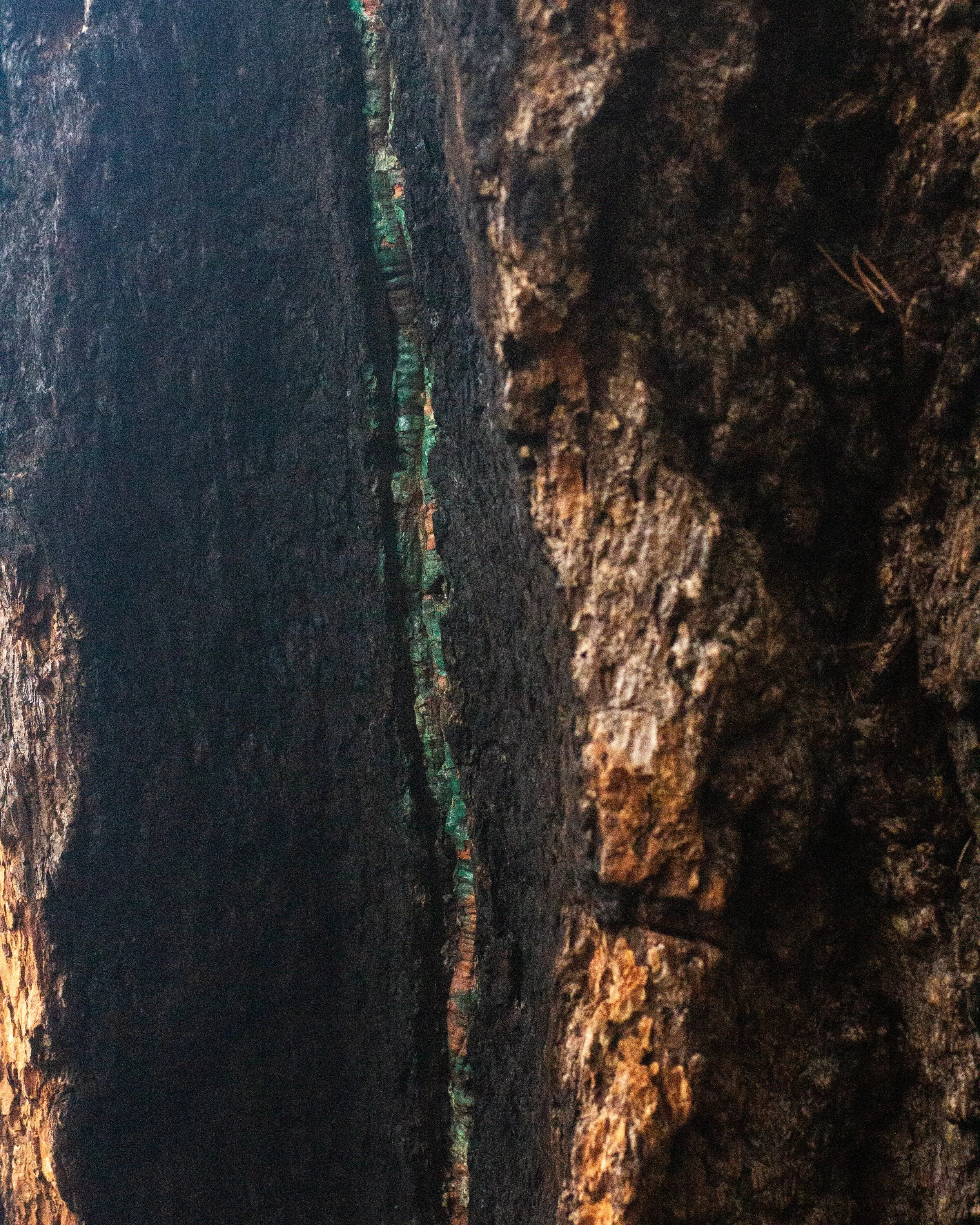
Scars in the Gorge: The Fragile Beauty of Multnomah Falls
Story by Brandon Jonas Photos by Blake Kroeger
Multnomah Falls gets over two million visitors per year, making it the most popular natural attraction in the Pacific Northwest. In September 2017, a single firework caused a wildfire that raged through the area and shut the local attraction down for over a year.
The fire affected over 48-thousand acres. It left behind rows of burnt trees, scarred shrubbery and displaced a large amount of the local wildlife. You can easily spot the damage from the highway on the way to the falls—blackened tree trunks smatter the hillside. The damage from the wildfire was widespread in the cascades, and the year-long shutdown halted foot traffic through the COVID-19 pandemic. Now, the falls are recovering. Visitorship is rising again, and hikers can once again enjoy the nature of the falls.
However, when walking through the area, it’s clear that the biggest threat to the falls remains human interaction. Fires, litter, and heavy foot traffic strain the ecosystem. Trash clings to the sides of cliffs and in crevices, and constant crowds continue to drive wildlife deeper into the woods. And yet, despite the scars and soot, Multnomah and the neighboring Cascades are staging a comeback. The Cascades are a prime example of how delicate our environment truly is.




